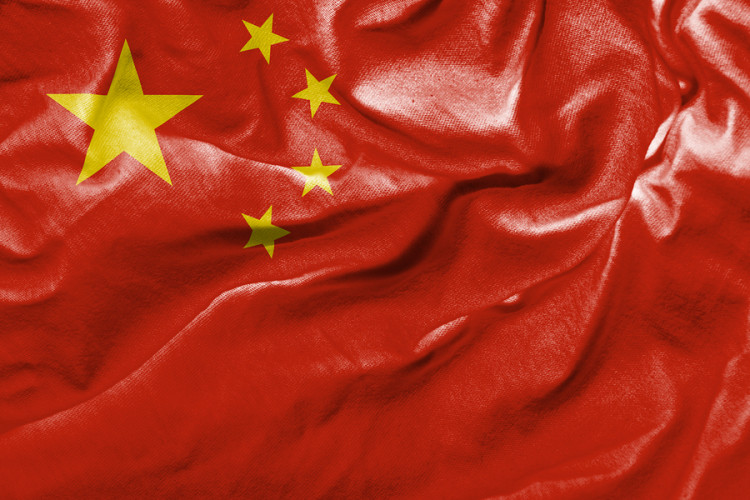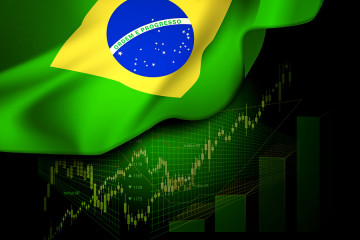Here’s Why Not to Worry About China (Too Much): William Pesek

©2015 Bloomberg View
NU4FS26JTSEL
(Bloomberg View) — This week’s holiday to commemorate the end of World War II couldn’t have come at a better time. For a global financial system traumatized by recent gyrations in China, the closure of mainland markets is a chance to take a breath and remember that the world is most likely not on the verge of another crisis.
There’s certainly more volatility ahead, perhaps as soon as Monday when markets reopen, and there are many reasons to worry. As Asia’s biggest trading partner, China is wreaking particular havoc in emerging nations as its once-voracious demand for commodities declines. The mainland’s $10 trillion economy, meanwhile, is a black box. No one outside President Xi Jinping’s inner circle really knows how close China is to the brink, or what policy tools are being marshaled to avert a crisis.
QuickTakeChina’s Managed Markets
China’s travails also come at time of unusually elevated concern about weak global growth and limited options for responding to a financial crisis. The Federal Reserve, Bank of Japan and European Central Bank have already cut rates about as low as they can go. Governments have pumped unprecedented fiscal stimulus into economies to combat deflation. And remember, the International Monetary Fund could barely keep Greece from defaulting. Good luck with China, where local governments alone have racked up debt exceeding Germany’s annual $3.9 trillion output.
But as many reasons as there are to panic, there’s good cause to believe China isn’t about to deal capitalism another near-death experience. In a new report, Gabriel Sterne of Oxford Economics finds comfort in two stabilizing forces. The first is the overwhelming determination in Beijing to avoid prompting a global collapse. The second is the U.S. recovery. “We are comforted that the U.S. economy and balance sheets are in better shape than in previous episodes,” Sterne writes. “We do not see China as a Lehman moment.”
For starters, things are not as bad in China as they’re being made out to be — at least for now. In another recent report, economists at Gavekal Dragonomics ably refute several “fears that are over-blown.” They discount the possibility that China’s Aug. 11 devaluation might trigger a foreign debt crisis, or that steep stock losses will cause systemic dislocations in the real economy. Property prices aren’t collapsing, nor is unemployment surging.
Moreover, the world is in better shape to handle China’s troubles than before. That holds for Asia, too. Since the 1997 crisis, governments in the region have strengthened financial systems, internationalized banks, increased transparency and built up defenses against renewed turbulence, amassing trillions of dollars of currency reserves. That leaves the region better positioned to ride out China-related turbulence.
What’s missing from recent China-related panic is perspective. The reaction to last month’s yuan devaluation doesn’t even approach the scale of other bouts of market mayhem over the last 20 years — from the collapse of Long-Term Capital Management in 1998 to the tech bust in 2000 to the 2008 Lehman crisis. Sterne says advanced economy stocks have lost only about 13 percent on average. And don’t underestimate Xi’s determination to steady the economy. Nothing matters more than stability at home and the Chinese brand abroad. The obsessively choreographed pageantry on display at Beijing’s massive World War II victory parade Thursday is an apt metaphor for Xi’s ambitions and priorities. You can bet his team is working behind the scenes on a similarly huge scale to get growth back toward 7 percent and put a floor under the stock market.
Of course, those efforts could backfire in the long run. Fresh stimulus will fan already dangerous bubbles in debt and lending through the shadow-banking system. It may derail efforts to recalibrate China away from unproductive investment and exports toward a services-driven economy. It’ll be hard to curb the state-owned enterprises to which Xi is now turning to gin up GDP. Bottom line, China’s actions today may set the stage for an even more spectacular blowup in a few years.
In the short run, jittery investors have the U.S. to fall back on. While no one is satisfied with the pace of its post- Lehman recovery, the U.S. economy is again becoming a locomotive for world growth. In 1997, when Asia’s crisis was raging, then- Fed Chairman Alan Greenspan called America an “oasis of prosperity.” Today, for countries not entirely dependent on commodity exports, a steadily improving U.S. should help make up for the falloff in Chinese demand. While there may be rough weather ahead, the global financial system should be able to withstand it.
This column does not necessarily reflect the opinion of the editorial board or Bloomberg LP and its owners.
To contact the author of this story: William Pesek at wpesek@bloomberg.net To contact the editor responsible for this story: Nisid Hajari at nhajari@bloomberg.net
For more columns from Bloomberg View, visit http://www.bloomberg.com/view







No Comment